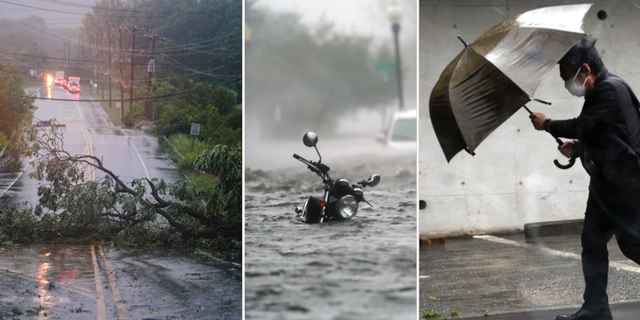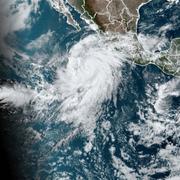Klimathotet|Stormen Hilary

Archive images. Three effects of past storms. TT/AP
Climate threat|Storm Hilary
Expert: Stormy weather will become more common with warm seas
Tropical Storm Hilary is expected to move into Southern California on Sunday morning. In that case, it is just one in a series of weather phenomena that have hit the western United States in recent months, writes the New York Times.
With rising seawater temperatures and continued climate change, scientists warn that we will have to get used to gale force winds.
- The oceans now store 90 percent of the heat that humanity has created on Earth through greenhouse gases, says Andrew Pershing of the independent research group Climate Center, to NBC News.
And as seawater temperatures this year in several places were the highest ever measured, he expects that this will also lead to recurring storms and heavy rainfall.
- A heated ocean creates the conditions for bigger storms. And it is also likely that the storms will be able to arise quickly, for example going from tropical storms to powerful hurricanes in a short time.

Satellite images show storm Hilary headed for California. AP
Hilary on the way - unique storm warning in California
Tropical Storm Hilary is approaching Southern California, US media reports. The storm is rated as a four on a five-point scale and has led to the first ever tropical storm warning for the southern parts of the state.
Forecasters warn that Hilary could bring widespread flooding, landslides and even tornadoes.
The peak of the storm is expected to be reached on Sunday and Monday. And the area in the worst danger zone stretches from Palm Springs down to the Mexican border, according to ABC. Joshua Tree National Park is at risk of flooding, which has led to the decision to temporarily close the park.
Inga kommentarer:
Skicka en kommentar